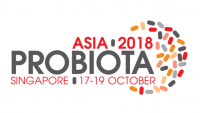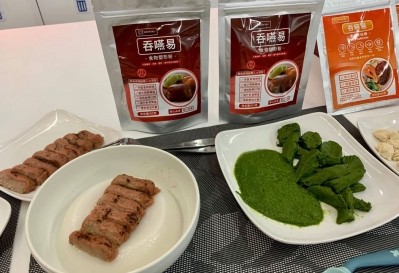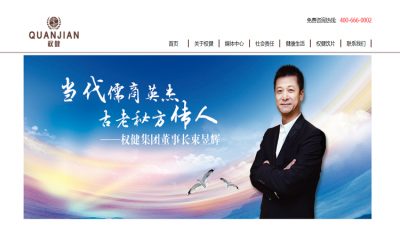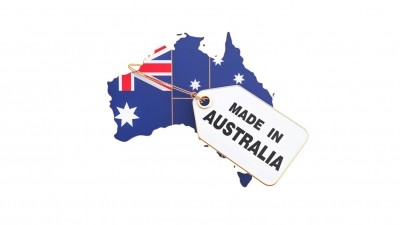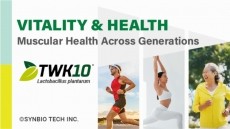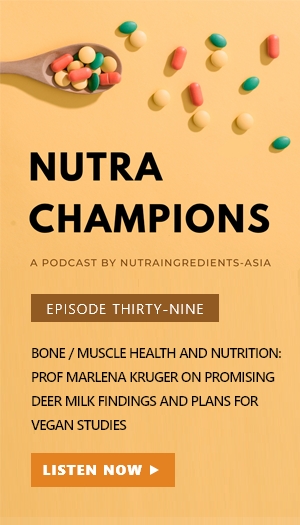Food for the elderly in China: Authorities to regulate definition, labelling, and ingredients for the first time

The region's leading probiotic and microbiome event — Probiota Asia — will get underway in Singapore this month with a stellar line-up of speakers, including the likes of Blackmores, Danone, Herbalife and Life-Space, set to take to the stage.
It requires the definition, categorisation, and stating the nutrition make-up of elderly food, and this is reportedly the first time that authorities have drafted such regulations.
The draft regulations are available for viewing and the public can provide relevant feedback on the China National Centre for Food Safety Risk Assessment website.
According to the draft, elderly food should 1) aid the elderly in chewing and/or swallowing of food and/or 2) satisfy dietary or nutrition needs of malnourished elderly.
Elderly food will be categorised into three groups, namely 1) easily ingested food – which is catered to elderly suffering from dysphagia; 2) elderly nutrition food – which satisfy basic nutrition needs of the elderly; 3) elderly nutrition supplement – which provides unmet nutrition needs.
The drafting committee includes members from the School of Public Health at Qingdao University, the National Institute for Nutrition and Health at the Chinese Centre for Disease Control and Prevention, Nutrition Centre at Huadong Hospital, China National Centre for Food Safety Risk Assessment, and Chinese Nutrition Society.
The drafting committee said it has referred to international guidelines, national standards, and food categorisation practices adopted by the other countries during the drafting process.
“The drafting process of the ‘National Standards of Elderly Food’ takes into consideration the feasibility, practicality and science behind the regulations listed,” the drafting committee said.
Entries for public feedback will close on Oct 30.
According to the blue book “Survey report on the living conditions of China’s urban and rural older persons 2018” published by the China Ageing Research Centre, high blood pressure or malnutrition was the leading cause of death for more than half of the Chinese elderly.
The blue book cautioned that health scams and fake products have seeped into the elderly supplement market, urging authorities to introduce stricter market regulations.
Lack of products for dysphagia
The Chinese market has a lack of food products catered to elderly suffering from dysphagia, the committee noted.
When manufacturing an easily ingested food, the committee stated that manufacturers should 1) reduce the hardness of solid food, 2) increase the viscosity of the food so as to aid swallowing and prevent choking.
According to the committee, easily ingested food can be grouped into the following: 1) soft food 2) food chopped into small pieces 3) puree, and food that display 4) high degree of viscosity 5) medium degree of viscosity and 6) low degree of viscosity.
The committee has also specified methods to test if a particular food fits into a particular category.
In China, there are about 2.5 million of new stroke patients each year, of which about 30% to 65% suffer from dysphagia.
Last year, Nestlé Health Science and the Chinese Stroke Association entered into a collaboration, aimed at improving the screening, diagnosis, and management of dysphagia in stroke patients.
Elderly nutrition food
Nutrition food for the elderly should be made of 1) dairy 2) dairy proteins 3) soy proteins and 4) grains fortified with an appropriate amount of vitamins, minerals and/or food for special dietary use, according to the draft.
Manufacturers should also limited the amount of saturated fat and sodium used. For instance, the ratio of saturated fat should not exceed 10%.
On the other hand, the draft suggested to make the addition of dietary fibre, EPA and DHA compulsory.
Elderly nutrition supplement
According to the drafting committee, elderly nutrition supplements refer to food which include dairy ingredients, dairy protein, and/or soy protein as the basic component.
These supplements should prevent malnutrition diseases commonly seen in the elderly, and are targeted at elderly who do not have a balanced diet.
The committee suggested that supplements should contain calcium, iron, zinc, selenium, vitamins B1, B2, B12, C, D, and folic acid – micronutrients that elderly lack in their diets.
They also suggested that manufacturers to add in ingredients that are beneficial to elderly health at their discretion.
These substances include biotin, choline, dietary fibre, nucleotide, phytosterol, and lutein.
Labelling
The committee also came up with suggestions on how to label elderly food.
For instance, the packaging should clearly bear the term “elderly food” and specifies the product category, for instance, elderly nutrition supplements or elderly nutrition food.
It should also include the nutrition contents for every 100kJ, daily serving size, and the information that the consumer should take note of when consuming similar supplements at the same time.
